
外语文化教学论丛:词汇理据与词汇教学研究
可开发票
¥ 16.2 5.4折 ¥ 30 全新
仅1件
河南洛阳
认证卖家担保交易快速发货售后保障
作者吴会芹 著
出版社浙江大学出版社
出版时间2011-08
版次1
装帧平装
货号5
上书时间2020-12-23
- 在售商品 暂无
- 平均发货时间 18小时
- 好评率 暂无
- 店主推荐
- 最新上架
商品详情
- 品相描述:全新
图书标准信息
- 作者 吴会芹 著
- 出版社 浙江大学出版社
- 出版时间 2011-08
- 版次 1
- ISBN 9787308088558
- 定价 30.00元
- 装帧 平装
- 开本 16开
- 纸张 胶版纸
- 页数 206页
- 【内容简介】
- “字词的构成理据是一个值得探讨的话题。字词的构成是以任意性为重还是以理据性为重也是语言学界长期讨论并存在争议的问题。以此话题为研究对象的论文颇具挑战性。近年来,国内语言学界过多地强调了语言的象似性特征而忽略了索绪尔的任意性学说。任意性是符号的一般特征,具有复合型的一般性理论意义。语言符号的任意性是一般符号任意性的一种佐证。基础语言符号是任意性的,而语言的理据则体现在规则中。符号的任意性实质在于,其所指因认知方式不同而有差异,其能指具有更多的不确定性。本文研究的范围仅限于英语新词的语义理据而非原始词汇或初创词汇的语义理据,这就缩小了话题的范围,为研究的深入提供了便利。作者认为词汇的理据原则和任意性原则共存,它们都是语言的本质属性。论文分析合理,详略得当,具有一定的深度,为语言学习者提供了可以遵循的构词原则,具有理论指导价值。”
- 【作者简介】
- 吴会芹,浙江大学宁波理工学院副教授,硕士.应用语言学研究所副所长,美国麻省理工学院语言哲学系访问学者(2007年9月一2008年2月)研究方向:理论语言学、生成语法和词汇学主持浙江省社科规划课题1项、浙江省社科联社科普及重点课题1项、其他课题若干项、主要著作:《叩响通天塔之门——我在麻省理工学院做高访》,在《现代外语》、《外国语》、《外语电化教学》等国内外学术期刊上发表多篇论文。
- 【目录】
-
ChapterOneIntroduction
1.1BriefIntroductiontoMotivation
1.2TheoreticalSignificanceofThisStudy
1.3DefinitionofMotivation
1.4ClassificationofMotivation
1.5ConceptualCharacteristicsofMotivation
1.6TheoreticalFrameworkofThisStudy
ChapterTwoMotivation-ArbitrarinessandIconicity
2.1ArbitrarinessandMotivation
2.1.1ConceptualConnotationofArbitrarinessandMotivation
2.1.2RelationshipbetweenArbitrarinessandMotivation
2.1.3Summary
2.2OurOpinion
ChapterThreePhonologicalMotivationsofEnglishLexis
3.1OnomatopoeiaMotivation
3.2PhonaesthemeMotivation
3.3ReduplicationMotivation
3.4PhonologicalShiftingMotivation
3.5TheChangeofPhonemesMotivation
3.6Summary
ChapterFourMorphologicalMotivationsofNewEnglishLexis
4.1PictographicMotivation
4.1.1PictographicCapitalLetterandaWord
4.1.2TheMixtureofPictographandMeaning
4.1.3InitialPictographs
4.1.4RecessivePictographs
4.2Word-formationMotivation
4.2.1MotxvationsinCompounding
4.2.2MotivationsinDerivation
4.2.3MotivationsinAbbreviation
4.2.4MotivationsinBack-formation
4.2.5MotivanonsinBorrowing
4.2.6MotivationsinCoinage
4.2.7MotivationsinSomeLetterGroups
4.3Summary
ChapterFiveSemanticMotivationsofNewEnglishLexis
5.1PoliticalMotivation
5.1.1StatesmanMotivation
5.1.2ScandalMotivation
5.1.3PoliticalEventMotivation
5.2SocialProblemMotivation
5.3EnvironmentalMotivation
5.4NewLifestyleMotivation
5.4.1HealthMotivation
5.4.2LeisureandEntertainmentMotivation
5.5NewProductMotivation
5.6ScientificandTechnologicalMotivation
5.7NewInformationMotivation
5.8Summary
ChapterSixPsychologicalMotivationsofNewEnglishLexis
6.1FashionPursuingTendenciesofMind
6.2EleganceSeekingTendenciesofMind
6.3DiversityRequiringTendenciesofMind
6.4Summary
ChapterSevenEtymologicalMotivationsofNewEnglishLexis
7.1EtymologyandMotivation
7.2MotivattonofWordsfromHistoricalEvents
7.3MotivatlonofWordsfromCultureandCustoms
7.4MotivatlonofWordsfromLiterature
7.5MotivationsofWordsfromGreekGods
7.6MotivatlonsofWordsfromtheBible
7.7MotivatxonsofWordsfromNamesofPeopleandPlaces
7.8MotivationsofBorrowingWords
7.9Summary
ChapterEightTheL2MentalLexiconandLexisAcquisition
8.1TheNotionofMentalLexicon
8.2TheInternalStructureoftheLexicalEntries
8.3TheNotionofWordAssociation(WA)Tests
8.4TraditionalClassificationsofAssociationResponses
8.5OrganizationofL1MentalLexicon
8.5.1PhonologicalNetworkVS.SemanticNetwork
8.5.2TheHierarchicalNetworkModel
8.5.3TheSpreadingActivationModel
8.5.4TheExtendedNetworkModel
8.6WATestsinL2Research
8.7OrganizationofL2MentalLexicon
8.7.1PhonologicalView
8.7.2SemanticView
8.7.3SyntacticView
8.8LimitationsofthePreviousResearches
8.9ExperimentalResearch
8.9.1Hypothesis
8.9.2Participants
8.9.3Materials
8.9.4ClassificationsofAssociationResponses
8.9.5Procedures
8.9.6Results
8.9.7Discussion
8.10ImplicationsforL2VocabularyTeaching
8.11Conclusion
Appendix
ChapterNineLexisAcquisitioninMultimediaEnvironment
9.1IntroductiontotheApplicationofVocabularyMotivation
9.2VocabularyLearningwithCALLandCALT
9.3PsychologicalandMultimediaHardwareandSoftwareFoundationforVocabularyLearning
9.3.1PsychologicalFoundation
9.3.2M1lltimediaHardWareandSoftwareF011ndation
9.4VocabularyLearningStrategiesinMultimediaEnvironmentwithApplicationofVocabularyMotivation
9.4.1CALTforVocabularySPronunciation,MorphologyandSemantics
9.4.2Context
9.4.3VocabularyGame
9.5ComputationalApplicationofVocabularyAcquisitioninMultimediaEnvironment.
9.5.1ConcordanceastheBasicTechnologyinCorpusLinguistics
9.5.2VocabularyAcquisitionwithConcordance
9.5.3AcquisitionoftheWordhandbyConcordance
9.5.4SynonymsAcquisitionwithConcordance
9.5.5VocabularyCollocations
9.6ApplicationsandImplicationsforVocabularyAcquisitionTeaching
ChapterTenConclusion。
10.1OnMotivation
10.1.1OnMotivationsofEnglishLexis
10.1.2OnPhonologicalMotivationsofNewEnglishLexis
10.1.3OnMorphologicalMotivationsofNewEnglishLexis
10.1.4OnSemanticMotivationsofNewEnglishLexis
10.1.5OnPsychologicalMotivationsofEnglishLexis
10.1.6OnEtymologicalMotivationsofEnglishLexis
10.1.7OnL2MentalLexiconandLexisAcquisition
10.1.8OnLexicalMotivationsandComputerassistedLexisAcquisition
10.2LimitationsoftheStudy
附录1:词典类文献汇编
附录2:英语词汇学类文献汇编
附录3:语言符号任意性、理据性研究类文献汇编
附录4:词源学类文献汇编
附录5:二语心理词汇与词汇习得文献汇编
附录6:计算机辅助语言教学类参考文献汇编
Acknowledgement
点击展开
点击收起
相关推荐
— 没有更多了 —




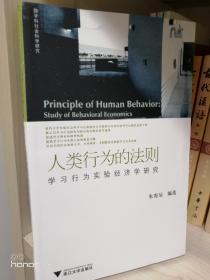




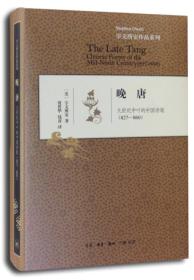



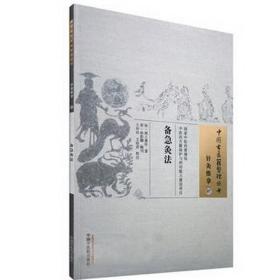



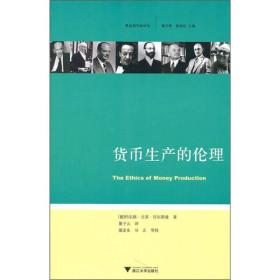






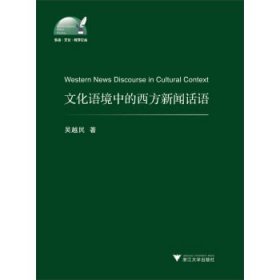
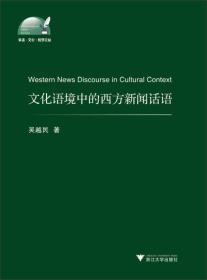
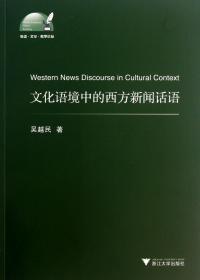
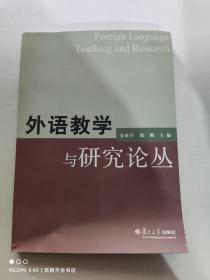
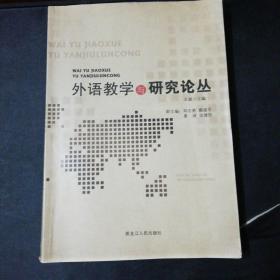
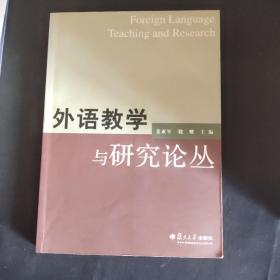
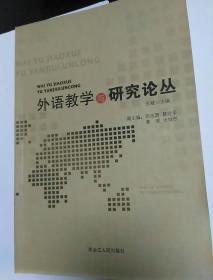
以下为对购买帮助不大的评价